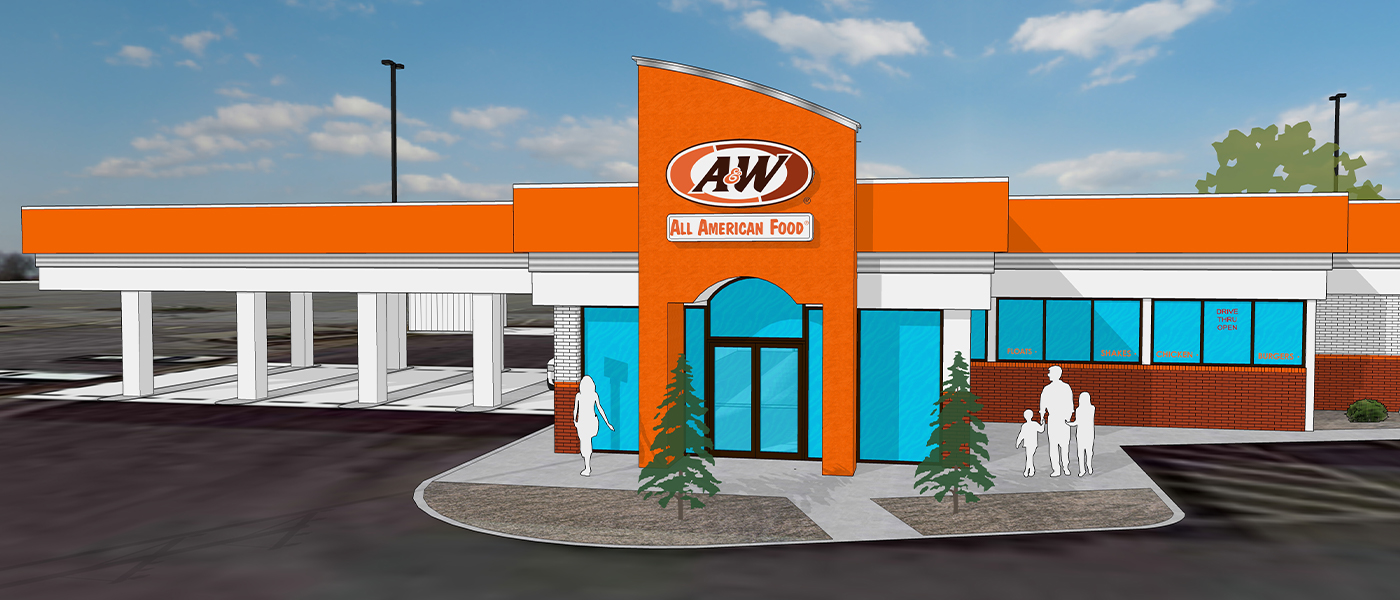4/28/21 - From Frappuccinos™ to Floats: Franchise Partner Shares Tips on Successful Conversions
Even before COVID-19, A&W franchisees were busy converting a variety of former restaurant and retail buildings into new locations. Pizza Huts, banks, and other QSR restaurants all have been successfully reimagined as A&Ws in recent years. Compared to a new build, conversions can be faster and more affordable
Two years ago, Jim Sill and partner Jim Sprick converted a former Starbucks in the St. Louis, Missouri suburb of St. Charles to an A&W. They currently have a similar project underway nearby in Belleville, Illinois, where they are turning a former credit union into their sixth A&W. Jim was happy to share the lessons he has learned.
Q: What are the pros and cons of conversions?
A: If it’s the right building, you can save a ton of money, but there are always mysteries – you never know what you might find when you start work. Conversions can be faster than new builds, but not always.
Q: What is the “right” building?
A: There are four things to ask: Is there enough electrical service coming into the building to meet demand? If not, you better walk away. Are the restrooms ADA compliant? Is there enough room in the site plan for adequate drive-thru stacking? Is the HVAC adequate?
Q: Is it best to buy or lease a site?
A: It is preferable to own the real estate when possible, but every situation is different. Owning the building and dirt makes getting financing easier.
Q: How long did it take to convert the Starbucks?
A: 90 days. That included adding on to the front to double the seating capacity. We also added cooler and freezer space to the rear. Starbucks are great for conversions as they are well-engineered and built, and usually have drive-ins.
Q: How is A&W’s support on conversions?
A: It is very good. The support center staff helped us determine at the outset if the site would work, then collaborated with us on the design. They were open to taking our ideas and incorporating them into the A&W brand standards. There’s good give and take, and A&W is more flexible than some other chains. I like that you can get to the decision-makers and that A&W is open to working with new suppliers and vendors.
Q: Other lessons learned?
A: The cheapest bid isn’t always the best bid. When time is important, make sure you get good contractors and subs who will get the job done on schedule. And look for locations in legacy communities where A&W is known. There is built-in demand because of the nostalgia – everybody has a story about A&W. When we rebuild in a legacy town, we are literally inundated with customers sharing memories.
